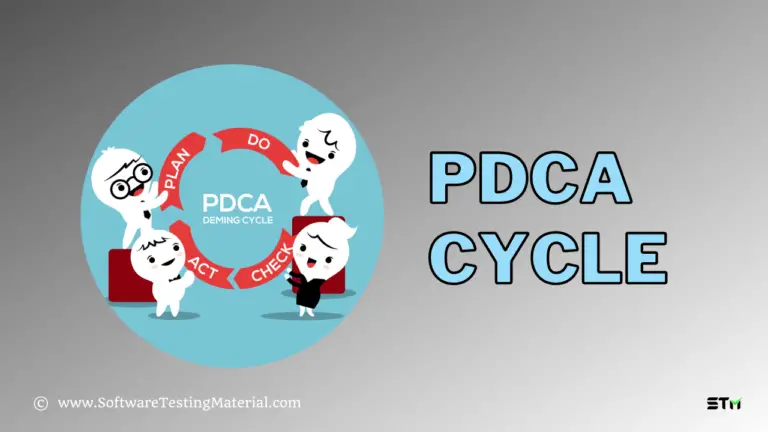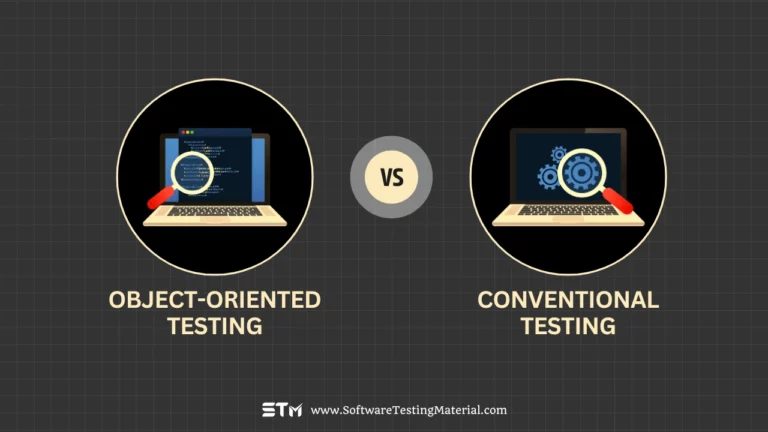Component Testing vs Unit Testing: Everything You Need To Know
This section delves into the fundamental differences between component testing and unit testing, providing a clear comparison across key parameters.
Software testing is a cornerstone of the software development process, ensuring code performs as intended and meets rigorous quality standards. Among the various testing methodologies, component testing and unit testing play distinct yet complementary roles. While both focus on identifying defects and verifying functionality, they differ significantly in their scope, approach, and application.
For developers and testers, understanding these distinctions is crucial to selecting the right testing strategies and achieving optimal outcomes. This article offers an in-depth comparison of component and unit testing, shedding light on their unique purposes, advantages, and contributions to overall software quality.
What is Component Testing?
Component testing, also known as module testing, is a type of software testing where individual components or modules of a software application are tested separately. The main goal of component testing is to ensure that each module performs its intended function correctly. It is typically done by developers or testers after the module has been developed and before integrating it with other components.
In component testing, the focus is on verifying the functionality, usability, and reliability of a specific part of the software. For example, if you were testing an online shopping application, a single module like a “login feature” or “shopping cart” would be tested independently to check if it works correctly under various conditions. This type of testing often involves creating specific test cases based on the requirements and analyzing the output to see if it matches the expected results.
Component testing is crucial in identifying bugs at an early stage of the software development process, which makes it easier and less costly to fix issues. It also ensures that each part of the system is robust and ready before being combined with other components. This creates a strong foundation for the later stages of testing, such as integration testing or system testing.
What is Unit Testing?
Unit testing is a type of software testing where individual parts of the application, known as units, are tested separately to ensure they function correctly. These units are typically the smallest components of a program, such as functions, methods, or objects. Unit testing is performed early in the development process, usually by developers, to catch errors or bugs as soon as possible.
The primary goal of unit testing is to validate that each unit of the software performs as intended in isolation from the rest of the application. This is done by writing test cases for each unit, which often involve providing inputs to a specific function or method and verifying that the output matches the expected result. For example, if a function is designed to calculate the sum of two numbers, its unit test would include scenarios where the inputs are tested for correctness under various conditions.
Unit tests are generally automated, meaning they can be run repeatedly to ensure the integrity of the code as it evolves. Automated unit tests save time and effort, especially in large projects where frequent changes are made. By ensuring that individual units work correctly, unit testing helps prevent small errors from propagating and causing larger issues during later stages of development.
This type of testing contributes to better code quality, reliability, and maintainability. When used alongside practices like test-driven development (TDD), where tests are written before the code itself, unit testing promotes clean and efficient coding practices. Overall, unit testing is an essential part of the software development lifecycle, providing confidence in the stability and correctness of the application.
Key differences between Component Testing and Unit Testing
Let us see the following comparison table to understand the essential differences between Component Testing and Unit Testing.
| Aspect | Unit Testing | Component Testing |
|---|---|---|
| Definition | Testing individual units or functions of code in isolation. | Testing combined components or modules as a group. |
| Scope | Focuses on a single piece of code (e.g., a function or method). | Encompasses a collection of components working together. |
| Objective | Ensures that the smallest units of code work as expected. | Validates interaction and integration between components. |
| Dependencies | Uses mock or stub data to isolate the unit being tested. | May involve actual integrations or minimal use of mocks. |
| Testing Environment | Conducted in a controlled, isolated environment. | Conducted in a near-real or integrated environment. |
| Type of Testing | White box testing | Black box testing |
| Performed By | Typically done by developers during development. | Can be performed by developers or testers. |
| Complexity | Simple and straightforward due to isolated testing. | Relatively more complex as it involves multiple components. |
| Tools | Tools like JUnit, NUnit, or PyTest are commonly used. | May use tools like Selenium, JUnit, or dedicated frameworks for integration testing. |
| Internal planning | Test engineers are aware of the internal planning or design of the application or the software. | Test engineers do not know about the internal planning of the application. |
| Execution Level | Performed at a granular level. | Performed at the application level. |
FAQ’s: Unit Testing vs Component Testing
Is component testing white box or black box testing?
Component testing can be both white box and black box testing, depending on the testing approach used.
Is unit testing white box or black box testing?
Unit testing is typically a white box testing technique focused on the internal structure of the code.
Who is responsible for component testing?
Developers and testers are typically responsible for component testing.
Who is responsible for unit testing?
Developers are primarily responsible for unit testing.
Conclusion
In conclusion, both component testing and unit testing play critical roles in ensuring software quality and robustness. While unit testing focuses on verifying individual units of code in isolation, component testing evaluates the interaction and functionality of integrated modules. Together, they complement each other by addressing different aspects of the testing process. A well-executed combination of these methods helps developers identify errors early, reduce bugs in subsequent stages, and ensure a smooth, dependable application performance. Therefore, understanding the distinctions and leveraging both testing strategies is vital for successful software development.





